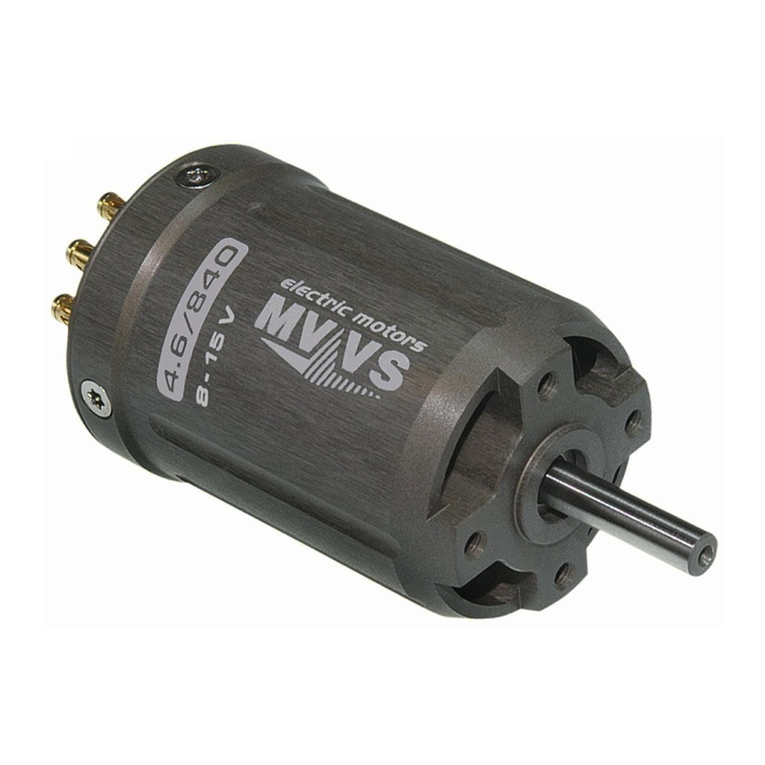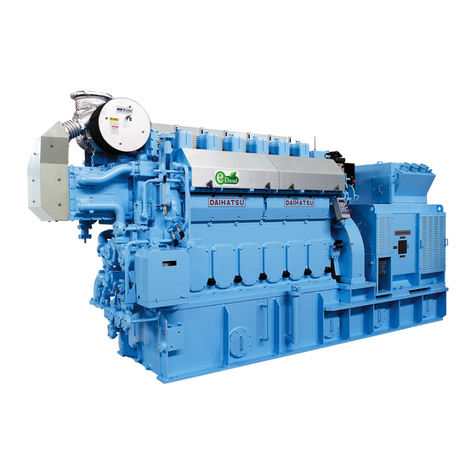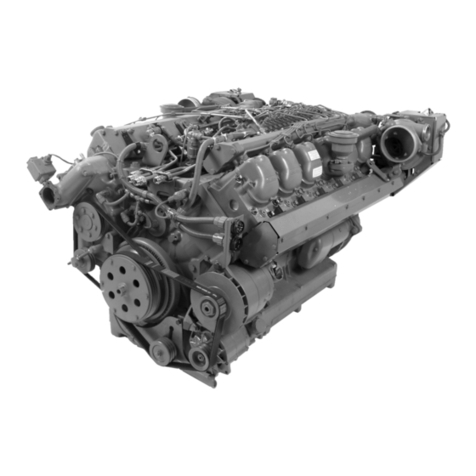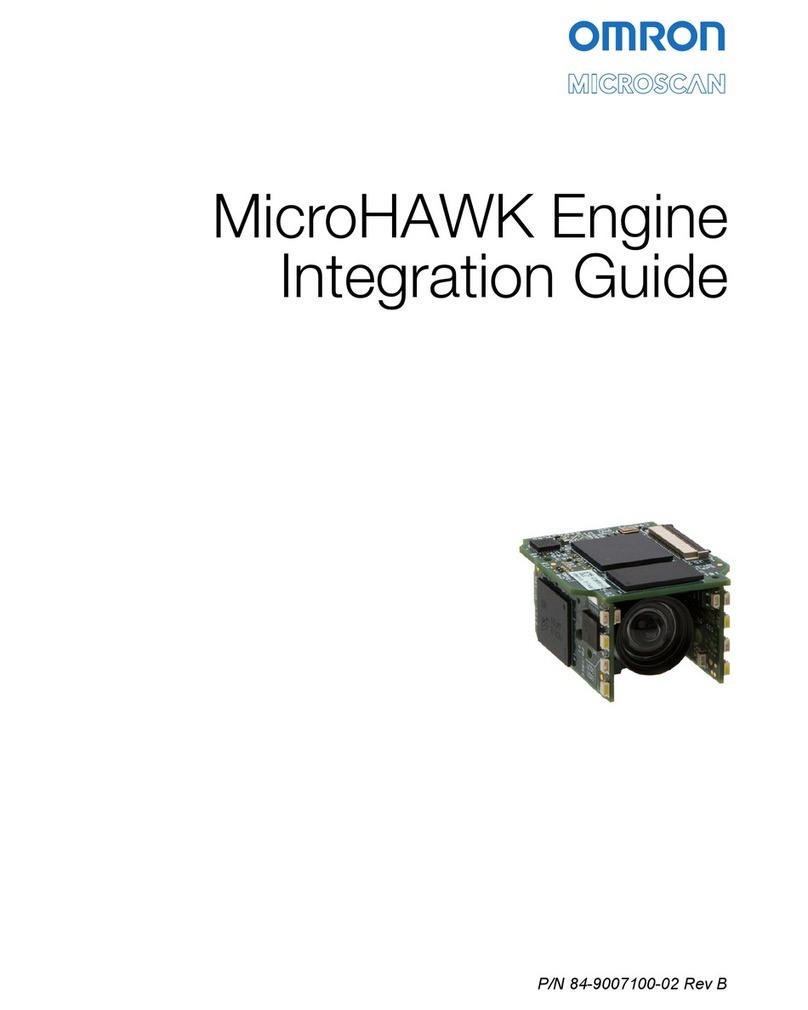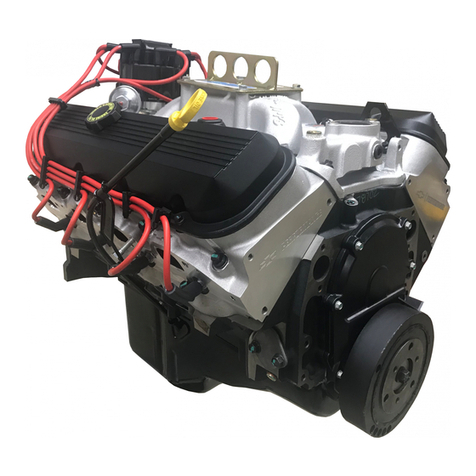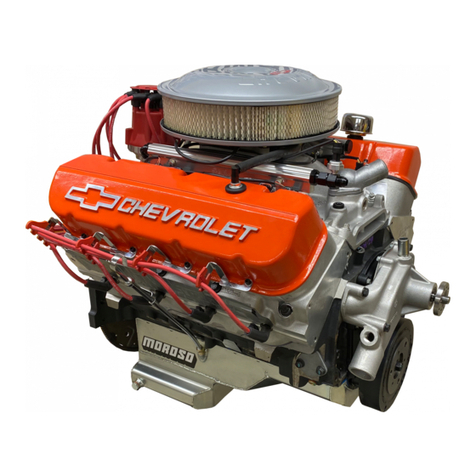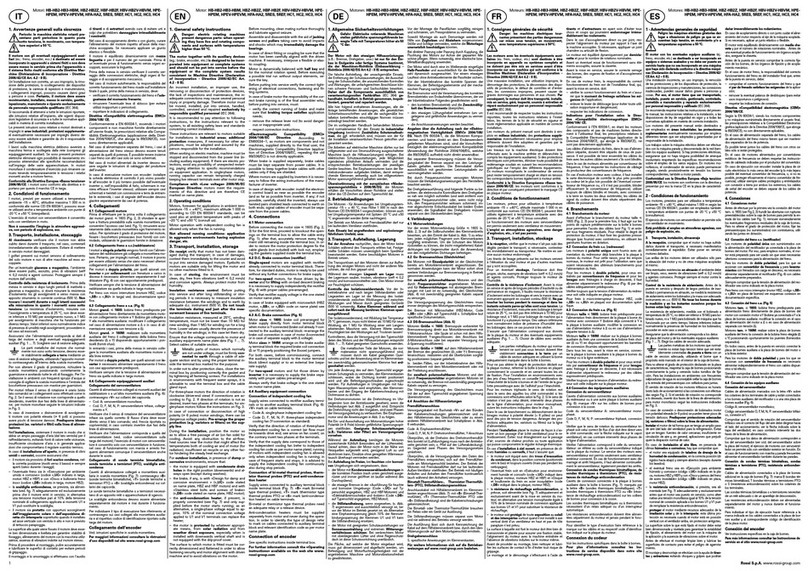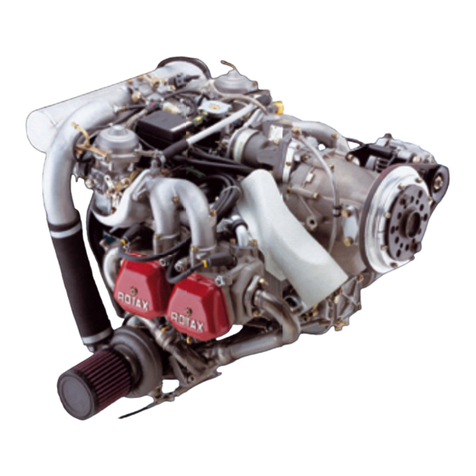FeiaoModel DLA32 User manual

DLA32
TOPLEVEL GASOLINE ENGINE
USER MANUAL
Manufactured by FeiaoModel

User Manual
Thanks for purchasing DLA series engines,pls read all of the instructions below
before starting your engine, especially the Safety Instructions.
About DLA engines
Your DLA engine has been specifically designed, developed and manufactured
from proprietary components for giant scale modeling,it is very powerful,
extremely lightweight, easy to adjust and operate, and should provide years of
outstanding performance.
The main components of the engine, such us the spark plug, ignition system,
bearing and carb are all imported from world famous brands.The crankcases
which are machined from aluminum alloy make the engines wear and damage
resistant. Besides excellent fit and finish, precise bearing alignment is insured,
which is critical to engine performance.
The reliable auto advancing,CDI ignition system insures easy starting and
excellent performance. This ignition provides a powerful spark, yet is fully
shielded to insure protection from R/F noise
TECHNICAL DATA
Performance:
3.8HP/8200rpm
Idle speed:1700rpm/min.
8.8Kg Pulling Force/100meters Altitude
7.8Kg Pulling Force/1800meters Altitude
Propeller: 18*8, 18*10, 19*8, 20*8
Spark Plug: DLA CM6
Parameter:
Ehaust Amount: 32CC
Diameter stroke: 37mm*30mm
Ratio of compression: 7.6:1
Lubrication Ratio:25:1~30:1 (Trial Run), 40:1~50:1(Normal Flying)
Weight: Main engine -910g, muffler-65g, Ignition-100g
Safety Instructions before starting engines
WARNING!
This engine is not a toy! Serious injury and /or death can occur from its

misuse! READ and become familiar with this entire instruction manual.
LEARN the engine's applications, limitations, and possible hazards. DLA
is not responsible for any loss, injury or damage resulting from the
miss-use of its products.
1. Keep all spectators at least 30 feet away from the engine while operating the
engine.
2. Do not put anything (e.g. fingers, body parts, objects, et al) into the rotating
propeller
3. Wear proper apparel. Do not wear loose clothing, gloves, neckties, jewelry,
or neck straps ,which may get caught in the moving propeller.
4. Always wear eye protection when starting the engine.
5. Inspect engine mount bolts and firewall integrity before operating the motor.
6. Turn off the engine before making any adjustments.
7. Always use the proper size and well-conditioned propeller.
8. Always use the correct length propeller bolts and make sure they are tight
before every flight.(screw thread-locking glue is necessary)
9. Remember to keep engine fuel in a safe place, away from any sparks,
excessive
heat, or anything which could ignite the fuel. Remember that
gasoline/mixture is highly flammable and must be handled with extreme
caution. Do not smoke while running or operating the engine.
10. Do not run the engine near loose material such as dirt, gravel, power cords,
ropes, sand, etc. Loose material can be drawn into the turning prop causing
injury or damage.
Engine installation
1. Make sure each engine comes with a firewall mounting plate drilled with four
holes for #10 size screws.
2. A spacer is needed to keep the cooling fins away from the firewall where the
firewall is larger than the engine plate.
3. In order to make sure the engine does not speed excessively without a
positive control installed,throttle return springs must be left in place.
4. After you have connected the return spring to the throttle servo you may
unhook it(do not remove it), since it acts as a spacer for the butterfly. The
butterfly will work loose by removing the return spring.
5. The ignition battery should be mounted externally, near the cowl, at least
twelve inches from the receiver or throttle servo that connects to the
receiver.
6. The carburetor needs at least 1 1/2" (38mm) of clearance between the
intake and the bottom of the cowl. If there is less than 1 1/2", make an
opening in the cowl below the carb at least as large as the carb intake
diameter.

7. A long, narrow, screw driver is recommend to drill small holes in the cowl for
adjusting the needle valves, since the carburetor must often be adjusted
differently with the cowl on as compared to off.
8. The engines are equipped with a diaphragm pump carburetor making tank
location not critical relative to the carburetors fuel entry position. Place the
tank on the aircraft’s center of gravity (CG). Then aircraft trim changes
during flight will not be necessary from a full to an empty tank
FUEL:
Clean petrol 93# is strongly recommend for your DLA engines. Lubrication
Ratio of trial Run is 30:
1, while normal flying is 40:
1, Higher-octane fuel will
not generate more power and may cause the engine to run slower and
overheat.
Note: Damage caused by fuel additives, such as nitro, over-lean carb
settings, over-advanced timing, and over-heating are not covered under
warranty.
Ignition system
DLA Ignition details:
• The red cable is positive (+), while the black is negative(-).
• Working voltage: 6.6V~8.4V (7.4V,2S Li-Po battery is recommended)
• Please connect battery to DLA ignition directly.
• It is important to achieve the correct coordination of the sensor(s) to the
magnets for fitting a new ignition.
The propeller selection and installation
Make sure the prop, spinner and prop bolts before each flight! Loose prop bolts
allow prop movement which will shear the bolts.
Selection:
• The following props are recommended: 18*8, 18*10, 19*8, 20*8
• Only use propeller sizes that are recommend above for your engine
• The propeller blades must be of the same length.
Installation:
• You must use a drill press to drill your propeller from the rear.
• A drill guide is recommended, but the propeller washer can be used as a drill
template. (Fix the propeller washer onto the propeller in the center-bore using
a bolt and nut.)
• Keep your propeller balanced.
• Screw thread-locking glue is necessary
Engine starting procedure

1. Fill the tank with fresh filtered fuel.
2. Insure that your receiver and ignition batteries are charged, your receiver
and transmitter are on. , and that your throttle is set to low.
3. Close the choke and turn on the ignition switch.
4. Rubber stick is recommend to start the engine.
5. Begin flipping the prop through its compression stroke until the engine fires.
6. Wait for the propeller to stop spinning, turn off the ignition, and open the
choke(s)
7. Switch the ignition back on and flip the propeller again until the engine starts
8. Warm up the engine for 15 or 20 seconds before advancing the throttle.
Carburetor Tuning and Care
The use of a tachometer is highly recommended. And, again, never adjust the
needles while the engine is running!
Tuning
1. Using the tachometer tune the engine for maximum power with the high
needle (H).
2. Using the tachometer again: richen the high needle (H) until the motor runs
100-200 RPM
less than the maximum RPM. Now you should richen slightly on the high
needle (H).
Keep the engine run at idle for 60 seconds. Insure that the idle RPM to be
constant. If the low needle (L) is too rich, it may happen that idle RPM drops
until the engine stops;. Lean the low needle (L) until a constant idle RPM is
achieved.
Check the transition with a quick throttle advance. It should sound like it is
making quick steady power.
Care:
Your carburetor screen will need to be cleaned with clean gasoline and blow off
with compressed air after every flight. Check the choke and throttle plates for
tightness.
Trouble Shooting
Problem1. The engine is flooded.
Solution:
Remove the spark plug; turn the engine to a position where the fuel runs out
and clean it.
Check the connections of spark plug, screws, restart the engine, if it failed to
start again, please send it back to After-sale service center for repair.
Problem 2. The engine starts after being choked but then stops soon after.
Solution:

The low needle on the carburetor is probably too lean.
Adjust the Low End needle until you achieve a smooth idle and a reliable
transition to high throttle. Generally if the motor stutters or coughs in the mid
range or when the throttle is advanced, the low end needle is too rich and
possibly even the high end needle.
Problem3. The engine runs rough and is vibrating strongly.
Solution:
Balance the propeller. Check the ignition timing. Check your plumbing for
air/fuel leaks.
Check your spark plug for carbon and check the spark plug gap. Check the
motor mout to be sure it is rigid. Check to make sure the engine is mounted on
a level surface so that crankcase is free of tension. Check the engine and
propeller bolts.
Problem4. The engine doesn't reach a normal RPM at full throttle.
Solution:
Check:
A. The carburetor settings.
B. See if the propeller is too large.
C. See if the engine is overheating.
D. The ignition timing.
E. The spark plug for defect.
Verify:
A. you have the correct muffler system.
B. you have the correct gasoline, oil, and have mixed them with the correct
ratio.
DLA WARRANTY POLICY
DLA engines include a limited TWO YEAR WARRANTY ON MATERIALS
AND WORKMANSHIP to the original purchaser.
This warranty does not cover the following:
• Damage caused by improper handling, operation, modifications, or
maintenance.
• Damage caused by a crash.
• Damage caused by using improper fuel or additives.
• Damage incurred during transit to After Service Center.
Company: Xi’an Feiao Model Co.,Ltd.
Address: 506, Xitie building,NO.205 Jinhuabei Road Xi’an,710075,China
Tel : 0086-2968965278

Fax : 0086-29-82197815
Email :
Jessica: [email protected]
Vera: [email protected]
Emily: [email protected]
Table of contents
Other FeiaoModel Engine manuals
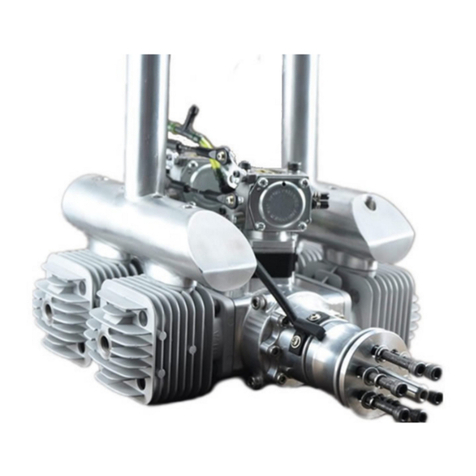
FeiaoModel
FeiaoModel DLA Series User manual
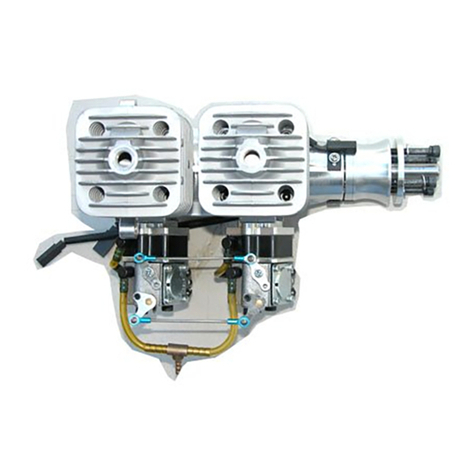
FeiaoModel
FeiaoModel DLA Series User manual
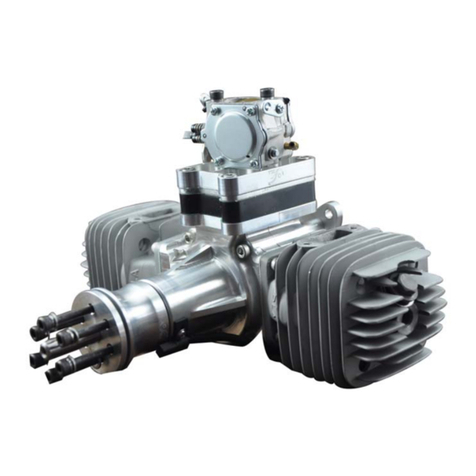
FeiaoModel
FeiaoModel DLA Series User manual
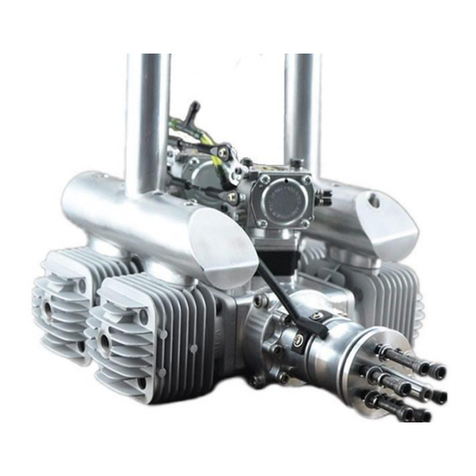
FeiaoModel
FeiaoModel DLA Series User manual
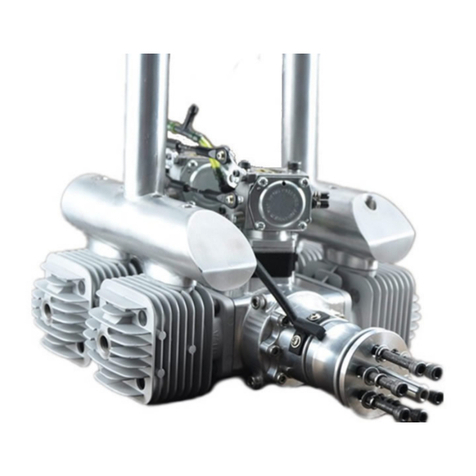
FeiaoModel
FeiaoModel DLA232 User manual

FeiaoModel
FeiaoModel DLA Series User manual

FeiaoModel
FeiaoModel DLA116i2 User manual
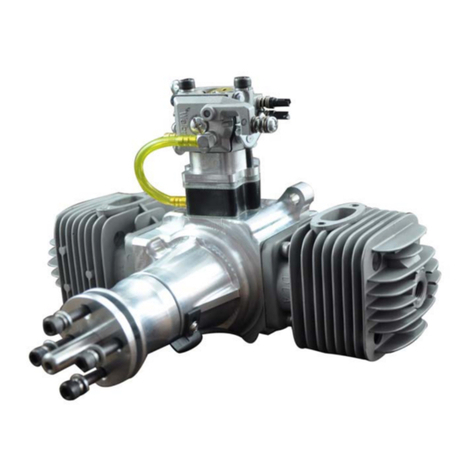
FeiaoModel
FeiaoModel DLA Series User manual
Popular Engine manuals by other brands

Tecumseh
Tecumseh OHH45, OHH50; OHH55; OHH60; OHH65 Operator's manual
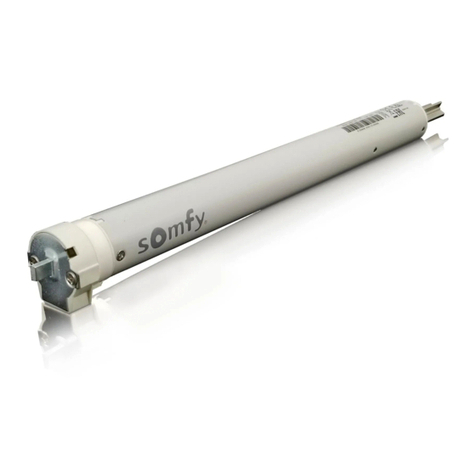
SOMFY
SOMFY Elite Smart Shades R28 WireFree RTS Programming instructions
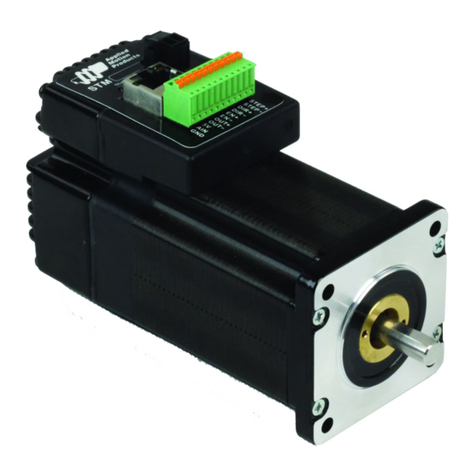
Applied Motion Products
Applied Motion Products STM23C Quick setup guide
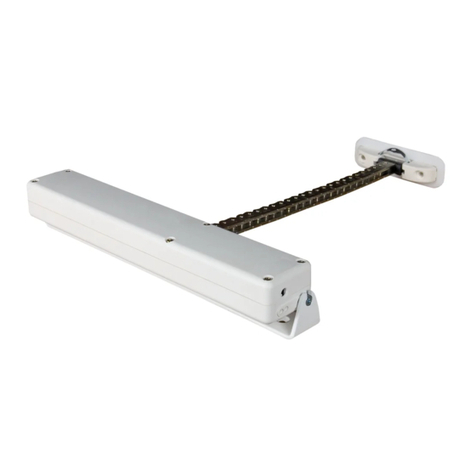
fakro
fakro ZWS12 user manual
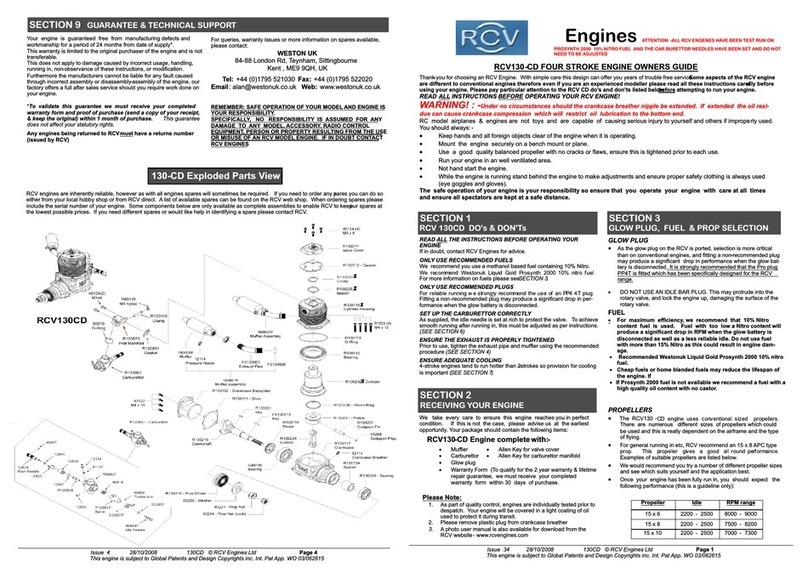
RCV
RCV RCV130-CD owner's guide
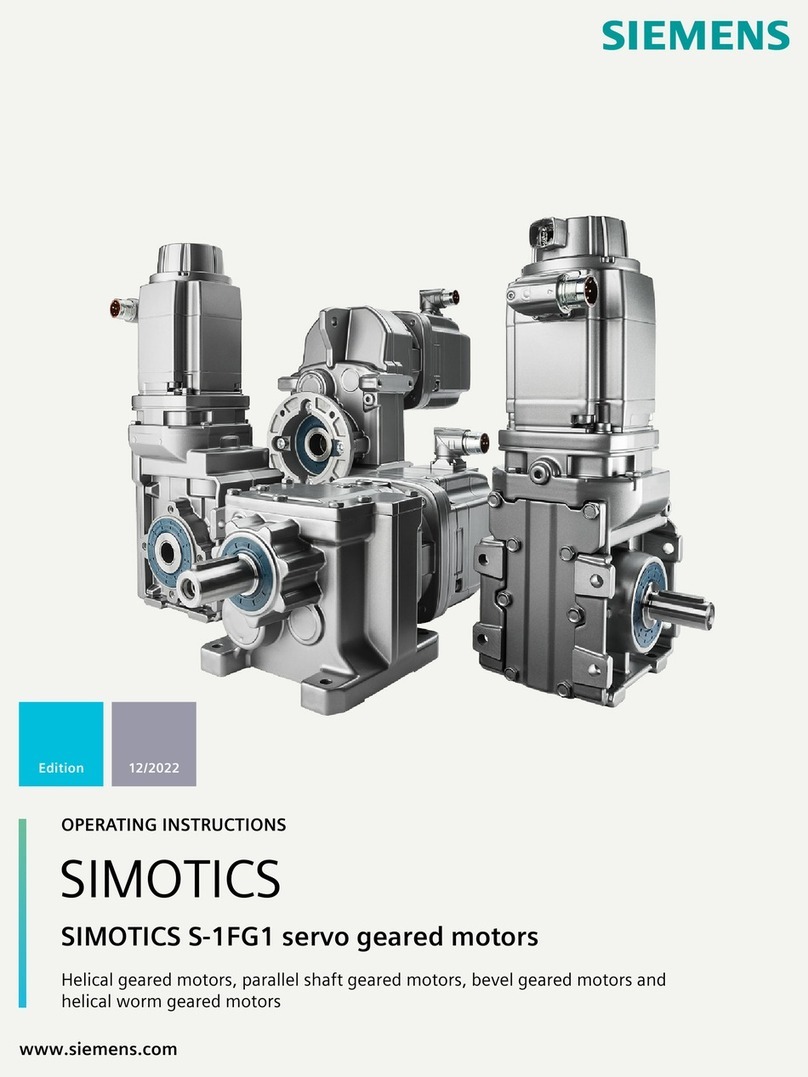
Siemens
Siemens SIMOTICS S-1FG1 operating instructions
